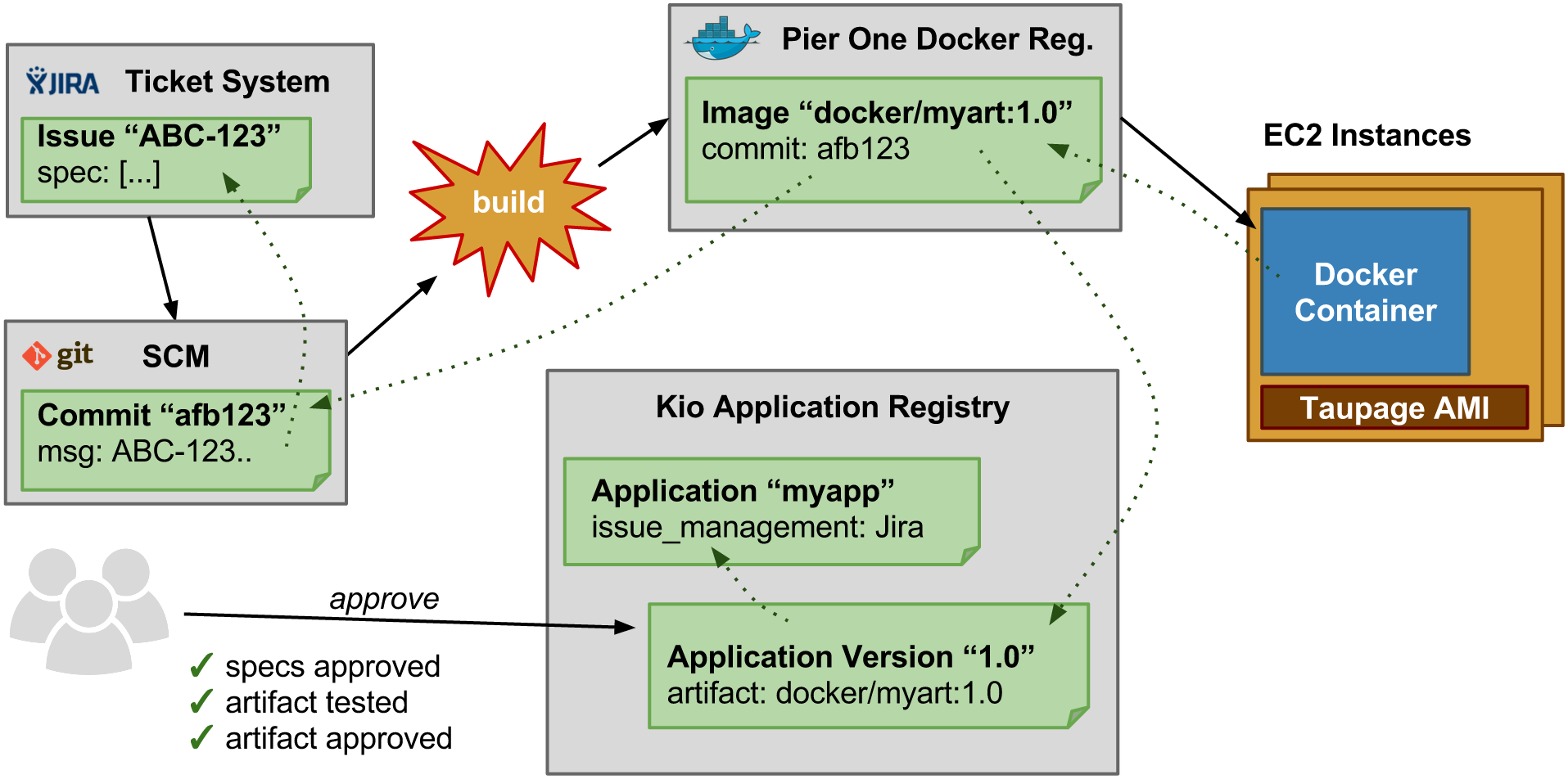Why STUPS?¶
STUPS was created with a specific organization setup in mind:
- teams are first class citizens in the organization
- teams are self-organized
- all team members have equal rights
- teams are autonomous and can choose technologies as they think fit
- “team” is the main entity for ownership and security boundaries
This leads to choosing the one AWS account per team setup, because:
- AWS IAM policies do not properly constrain teams to only their resources in one big AWS account [1]
- AWS service limits do not allow independent teams to work isolated in one big AWS account [2]
This setup requires tooling to foster team autonomy while complying with company regulations:
- multiple AWS accounts need to be easily manageable
- compliance rules dictate that all changes to production systems need to be audited (“traceability”)
- applications need to have a secure way of communicating with each other across AWS accounts
The STUPS platform was created to facilitate the one AWS account per team setup and make the setup audit compliant:
- multiple AWS accounts can be configured by a single tool (Seven Seconds)
- transparency across AWS accounts is provided by a reporting tool (fullstop.)
- traceability of changes is ensured
Traceability¶
How to trace software changes from a running EC2 instance back to the specification:
- The running EC2 instance (running Taupage AMI) can be queried for its user data.
- The Taupage user data YAML contains the Docker image (immutable in Pier One) and the application ID
- The Docker image contains the SCM source information via
scm-source.json. Pier One provides a special REST endpoint to retrieve the SCM source information for any conforming Docker image. - The Kio application registry contains either the specification for the application directly or the used ticket system.
- The SCM commit references specification tickets from the configured ticket system (if a ticket system is used)

| [1] | Not all AWS services/products are properly integrated with IAM, e.g. the Elastic Load Balancing (ELB) service only allows global granting of ELB creation. |
| [2] | Team B might hit AWS service limits for production applications because team A spun up too many instances for performance testing. |